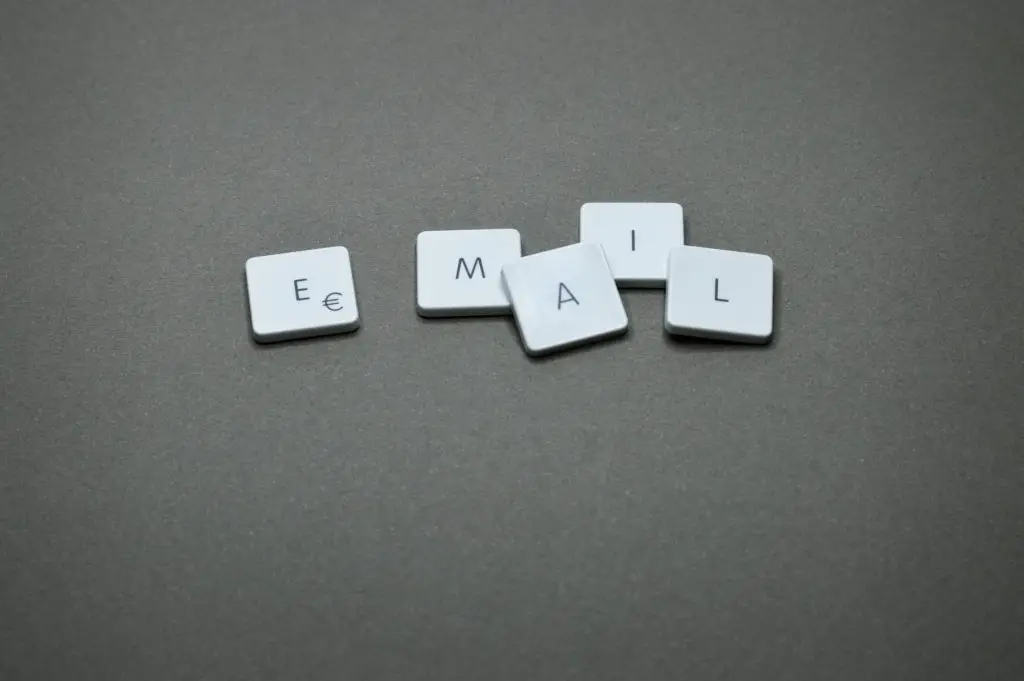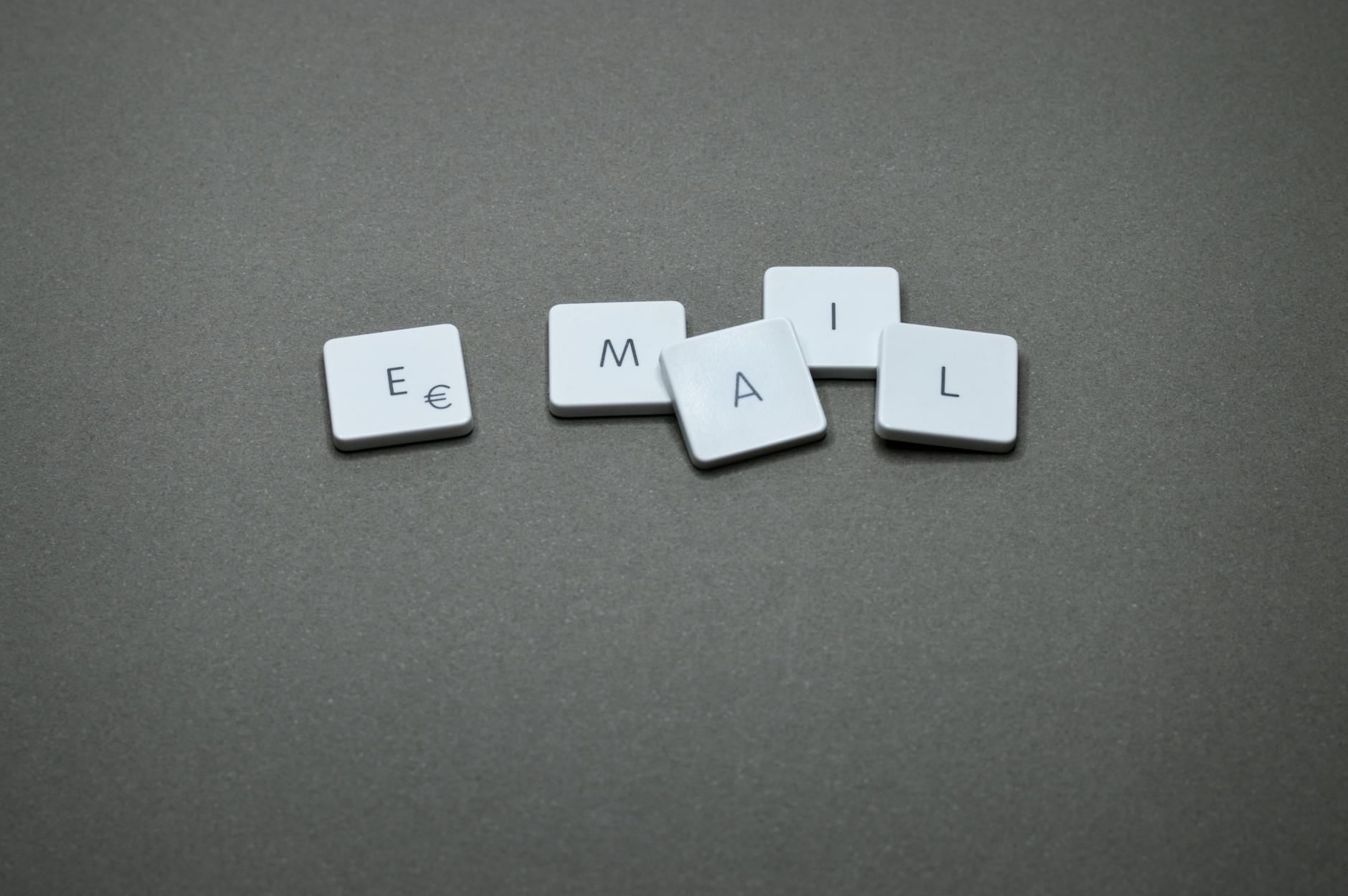
Email marketing remains one of the most powerful tools for businesses to engage with customers, build relationships, and drive conversions. Whether you’re a small business owner, marketer, or entrepreneur, leveraging effective email campaigns can significantly impact your bottom line and foster long-term customer loyalty. In this comprehensive guide, we’ll explore how to harness the power of email marketing to grow your business and achieve your marketing goals.
1. Introduction to Email Marketing
Overview: Email marketing involves sending targeted messages to a list of subscribers who have opted in to receive communications from your business. It allows you to deliver personalized content, promotions, updates, and information directly to your audience’s inbox.
Key Benefits:
- Direct Communication: Reach your audience directly without relying on social media algorithms or search engine rankings.
- Personalization: Tailor messages based on subscriber preferences, behaviors, and demographics.
- Measurable Results: Track open rates, click-through rates (CTR), conversions, and other metrics to measure campaign effectiveness.
2. Building an Email List
Creating Opt-In Opportunities:
- Website Opt-Ins: Place signup forms prominently on your website, including pop-ups, embedded forms, and sidebar widgets.
- Content Upgrades: Offer exclusive content, guides, or resources in exchange for email subscriptions.
- Social Media: Promote email signups on social media platforms with compelling calls-to-action (CTAs).
3. Segmenting Your Email List
Targeted Segmentation:
- Demographics: Segment subscribers based on age, gender, location, or language preferences.
- Behavioral Data: Group subscribers by engagement level, purchase history, interests, or past interactions with your emails.
- Personal Preferences: Allow subscribers to select preferences for content types, frequency of emails, and product interests.
4. Creating Effective Email Campaigns
Types of Email Campaigns:
- Welcome Emails: Introduce new subscribers to your brand, set expectations, and provide valuable resources or offers.
- Promotional Emails: Highlight sales, discounts, product launches, or seasonal promotions to drive immediate conversions.
- Educational Content: Share industry insights, tips, tutorials, or blog content to position your brand as a thought leader.
- Transactional Emails: Confirm orders, provide shipping updates, request feedback, or deliver receipts to enhance customer experience.
5. Crafting Compelling Email Content
Writing Effective Emails:
- Clear and Concise: Use engaging subject lines and concise copy that communicates value and encourages action.
- Visual Appeal: Incorporate images, videos, and branded elements to enhance visual appeal and reinforce your brand identity.
- Call-to-Action (CTA): Include a clear and compelling CTA that prompts subscribers to click, purchase, or engage further with your content.
6. Automation and Personalization
Automated Workflows:
- Drip Campaigns: Nurture leads and guide subscribers through the customer journey with automated sequences based on triggers like signups or purchases.
- Behavior-Based Emails: Send targeted messages based on subscriber actions, such as abandoned cart reminders or re-engagement campaigns.
- Dynamic Content: Personalize emails dynamically with subscriber data, including name, location, or past purchases, to increase relevance and engagement.
7. Analyzing and Optimizing Campaign Performance
Key Metrics to Track:
- Open Rate: Measure the percentage of subscribers who open your emails to gauge subject line effectiveness and overall engagement.
- Click-Through Rate (CTR): Monitor how many recipients click on links within your emails to assess content relevance and CTA effectiveness.
- Conversion Rate: Track the percentage of recipients who complete desired actions, such as making a purchase or filling out a form.
- Subscriber Growth and Churn: Monitor changes in your email list size and identify reasons for unsubscribes or inactive subscribers.
8. Compliance and Best Practices
Legal Compliance:
- GDPR and Privacy: Ensure compliance with data protection regulations like GDPR by obtaining consent for data collection and processing.
- CAN-SPAM Act: Include accurate sender information, provide an opt-out option, and honor unsubscribe requests promptly.
9. Integrating Email Marketing with Other Channels
Multichannel Integration:
- Social Media: Cross-promote email content on social media platforms to reach a wider audience and encourage email signups.
- Website Integration: Embed signup forms, promote email exclusives, and encourage visitors to join your email list throughout your website.
10. Scaling Your Email Marketing Strategy
Continuous Improvement:
- A/B Testing: Experiment with different subject lines, content formats, and send times to optimize open rates and CTRs.
- Feedback and Surveys: Solicit feedback from subscribers to understand preferences, improve content relevance, and identify areas for enhancement.
- Lifecycle Marketing: Develop strategies to nurture leads, retain customers, and re-engage inactive subscribers to maximize lifetime value.
Conclusion
Effective email marketing is a valuable tool for businesses of all sizes to connect with their audience, drive engagement, and achieve marketing objectives. By implementing best practices, leveraging automation and personalization, and continuously optimizing your campaigns, you can harness the power of email marketing to grow your business, build customer loyalty, and drive long-term success in a competitive marketplace.
